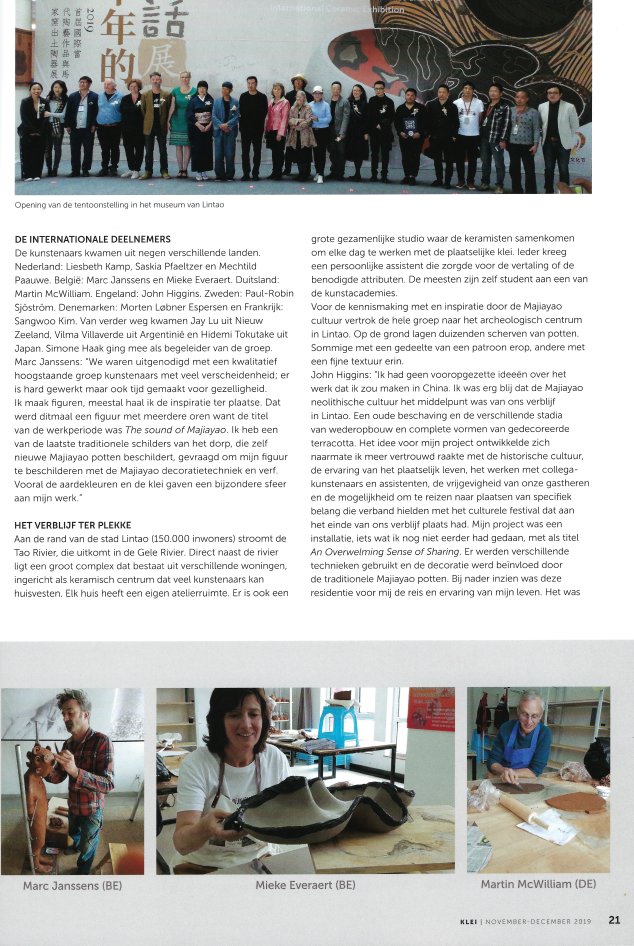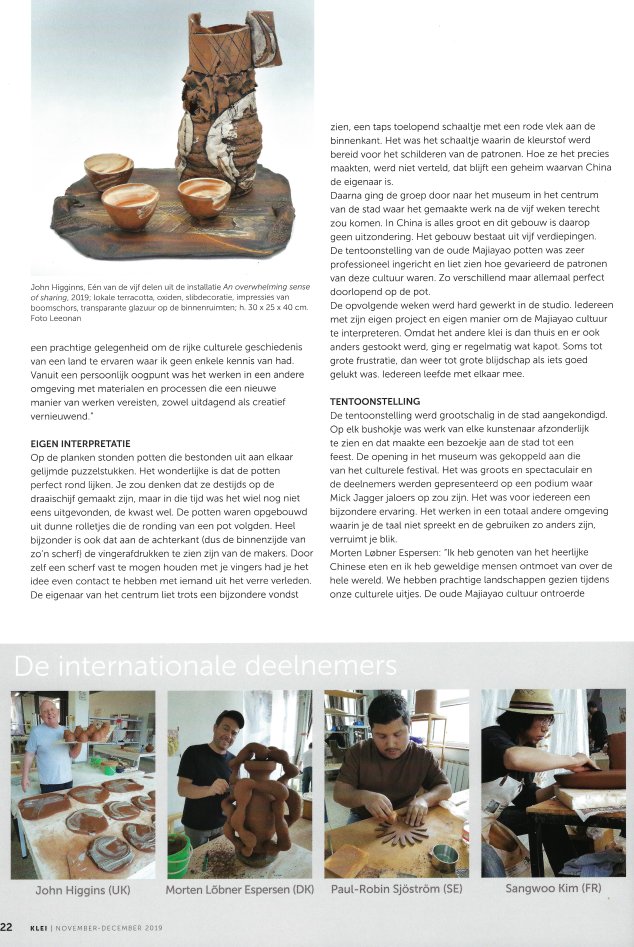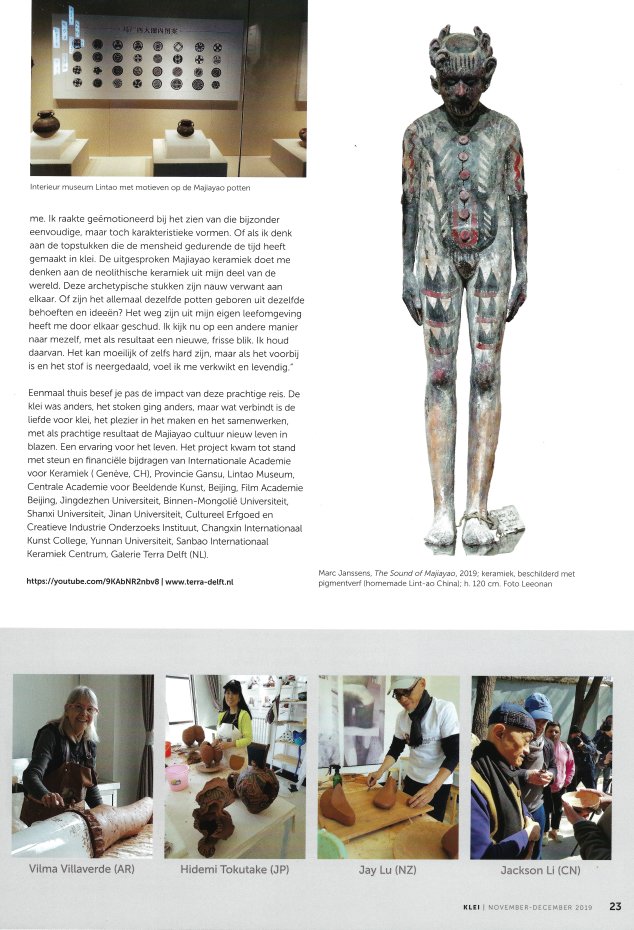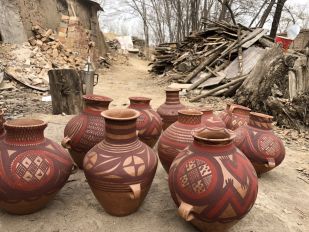Aboriginal art is known for its dots. Nowadays, China is working to put the patterns of the Majiayao culture on the map. If you look at the modern lines on this pottery, you don’t expect it to be 5000 years old! Currently, examples of these beautifully painted pots can be admired in various countries. At this moment you can find the old Majiayao pots in the Metropolitan Museum in New York, the Victoria and Albert Museum in London and the East Asian Museum in Stockholm.
The history
The Majiayao culture was a group of Neolithic communities that mainly lived in the upper Yellow River region in eastern Gansu, eastern Qinghai and northern Sichuan, in north-western China. The culture existed from around 3300 to 2000 BC.
In 1924, Swedish geologist Johan Gunnar Andersson discovered the earthenware pots with the painted lines at a market. He asked the seller where he got them. At first he did not want to give this away to the Swede. Later the Swede sent out a helper and he received the requested information after a generous donation. Andersson eventually found the archaeological site near the village of Majiayao, in the vicinity of the present medium-sized town of Lintao. During the excavations themselves, there was so much material found that the conclusion can be drawn that this was a structured production site of Majiayao pots that were probably sold via the Silk Road. The red earthenware clay is still visible everywhere in the area.
The project
In order to make the Majiayao culture known, the Chinese government asked Jackson Li (artist and owner of the Sanbao Int. Ceramics Centre in Jingdezhen), together with the Dutch Simone Haak (co-founder and owner of Terra Delft Gallery), to invite a dozen international artists to create work inspired by this ancient culture in five weeks’ time. This work would then be exhibited together with the 5000 year old Majiayao pots in the Lintao museum. Sanbao and Terra Delft have been working closely together since 2012, and every year artist-in-residence projects and exhibitions are organized, both in China and in Delft.






